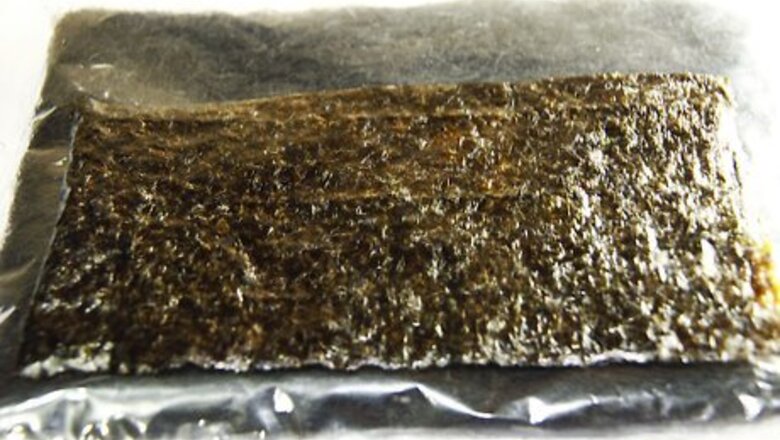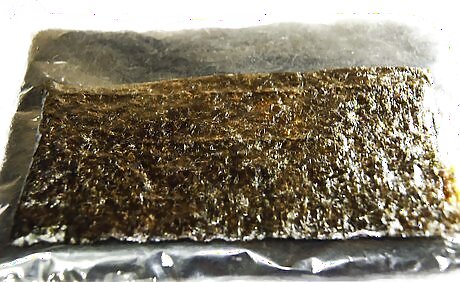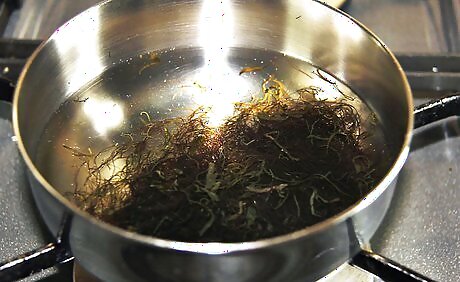
views

Decide what kind of seaweed you want to prepare. There are many kinds of edible seaweed. A few of the more common are described below: Alaria is light green and almost transparent. Arame is thin, wiry, and almost black. Dulse is dark red. Hiziki is thin, wiry, and almost black. Kelp, also known as kombu, is the largest seaweed. Nori is used as the wrapper for many types of sushi and is probably the most recognizable type of seaweed. Wakame is related to Alaria. It is also light green and almost transparent.

Buy or collect and dry seaweed. Seaweed can be bought in many specialty supermarkets, catalogs and online. Almost all seaweed sold in stores is dried. Most seaweed is collected in the spring or summer. Bring a knife or pair of scissors and a bag. Different types of seaweed prefer different conditions. The wave energy and substrate of an area determine which seaweeds will grow there. Get to know your local species and where they live. Do not take all of the seaweed from one area and leave the lower portion of the frond in place. Rinse fronds gently in the ocean before you take them home. If you have collected your own seaweed, you will probably want to dry some for storage. Spread your seaweed on newspaper and leave it in the sun or a warm room for about a week or dry it for a few hours in a warm oven.

Prepare seaweed before eating or cooking by soaking it. Most dried seaweed must be soaked before eating. Nori is a notable exception. Soak dried seaweed in a large bowl of warm water until it is tender. Most seaweed will only take a few minutes to become tender and dulse becomes tender so quickly that you only need to run it under warm water.

Cook seaweed. Most types of seaweed do not need to be cooked before they are eaten, but can be served in salads, soups, casseroles etc. Cook alaria for at least 20 minutes in soups or with grains. Add raw arame to salads after soaking. It can also be added to soups or sautéed or braised with other vegetables. Toast dulse in a pan and use it as chips. After rinsing or a short soak, it can be used in salads or sandwiches. It can also be used in soups, although it should not be cooked for more than 5 minutes. Treat hiziki like arame. Add kelp to simmered dishes. Kelp is most often used in dashi. Wrap sushi with dried nori or dry-roast it and crumble it in soups or rice dishes. It can also be added to stir-fry. Treat wakame like alaria.




















Comments
0 comment